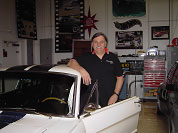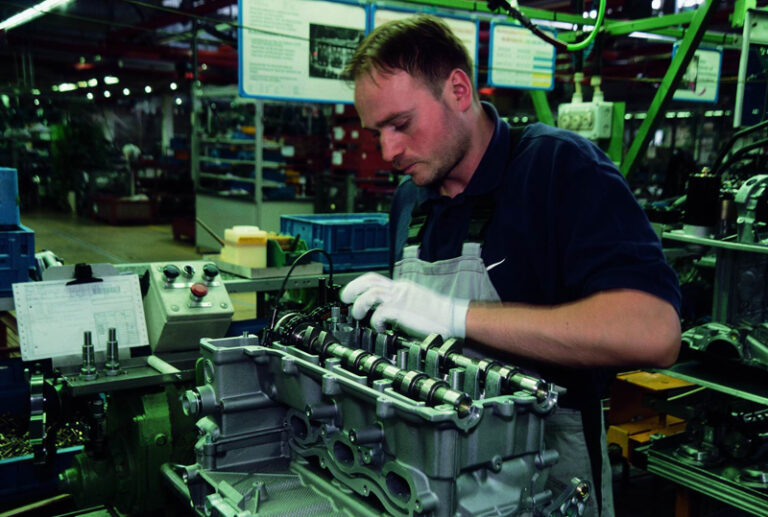Ready to Drive
By Bernard Juchli, General Manager and Master Mechanic, Jay Leno’s “Big Dog Garage”
Whether it’s a 1970s muscle car or a vintage Thunderbird, I’ve noticed more and more people adding a classic car to their everyday collection. In fact, classic car collecting is now a $17.8 billion-a-year business and is expected to keep growing. And while these cars are fun to drive and can be enjoyed for years to come, keeping a car in mint condition, when it’s not driven regularly, takes special care. After all, cars are made to be driven, and when they’re not, problems can start popping up left and right.
Bringing out the true beauty in an older vehicle often takes time and patience – restoration doesn’t happen overnight. But once you’ve got your classic in working condition, it’s important you take the necessary steps to keep it there. As the manager of Jay Leno’s “Big Dog Garage,” I have the pleasure of working with classic cars every day. A large portion of Jay’s 96 cars and 84 motorcycles are classic or vintage models and require careful maintenance. And while these are truly extraordinary machines, the general principles that are used to maintain this collection can apply to anyone looking to keep their classic car in tip top shape.
Here are a few simple tips to help keep your car running strong, even if it doesn’t run often.
Take it for a weekly spin.
A car should be exercised at least once a month (preferably once a week) for 30 minutes to help dry out moisture and keep the grease “greasy.” Five or 10 minutes in idle won’t do the trick and may even make things worse. Come on, you bought that car for a reason! Get it out of the garage and out on the road.
Use a TOP TIER fuel.
Many older cars have trouble with carbon deposit build-up on their valves resulting from years of using a gasoline with minimal cleaning agents. To avoid carbon deposit build-up in an older car, you should use a gasoline that meets the TOP TIER Detergent Gasoline standard. For instance, Shell V-Power premium gasoline contains five times the amount of cleaning agents required by federal government standards, and can help remove carbon deposits and clean your engine while you drive.
In addition, it’s important to keep the gas tank full. A half-full gas tank that sits for a while can experience condensation and cause rust and water to enter the fuel. This condensation can lead to a plugged-up fuel filter and a car that won’t run properly. Keeping the tank full eliminates this problem.
Handle hibernation.
When a car has been in storage for a long time, it’s important to replace all of the fluids and fuel filters. Even if a car sits all year long, the brake fluid needs to be changed once a year or it’ll absorb water and cause corrosion the next time you drive it. And because acids can get into the oil and cause internal damage, owners should also consider changing a vehicle’s oil directly before storage (even if the car was only driven 20 miles since its last oil change).
Don’t tire your tires.
It may seem simple, but tires are an often-overlooked area of classic car maintenance. It’s important to keep a watchful eye on your tires because a worn tread is not the only sign of expired tires. We have tires in our garage that need to be replaced because they’ve grown old and gone flat, not because the tread’s worn out. Pay attention for overall wear and tear.
Now I’m not going to make this sound easy; keeping a classic in top condition takes attention, time, and a decent amount of elbow grease. But by taking a preventative approach to your car’s health and following a few simple maintenance tips, anyone can keep their vintage car model a usable masterpiece – whether you’re as famous as Jay Leno or an everyday Joe.




